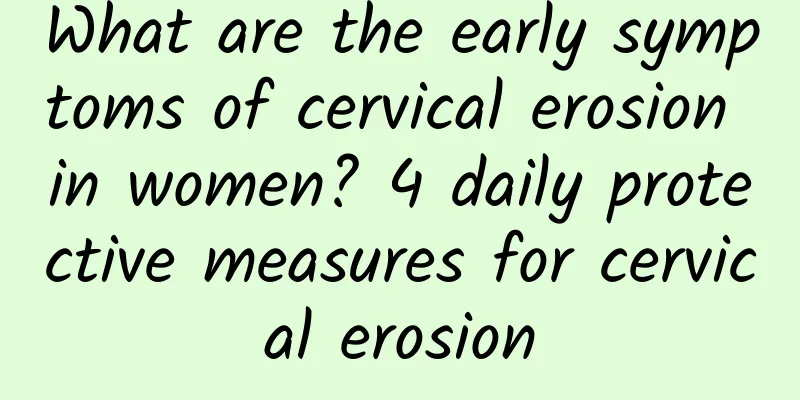What is an invasive hydatidiform mole and what causes it

|
Invasive hydatidiform mole is a gestational trophoblastic disease. Treatment requires timely surgical removal of the lesion, combined with chemotherapy when necessary. Its formation is related to multiple factors such as genetics, environment, and physiology. 1. Genetic factors: Some patients have chromosomal abnormalities, such as triploidy or tetraploidy, which lead to abnormal proliferation of trophoblastic cells and the formation of invasive hydatidiform mole. People with a similar medical history in their family need to be vigilant and undergo regular gynecological examinations. 2. Environmental factors: Long-term exposure to chemicals, radiation or living in a highly polluted environment may increase the risk of disease. During pregnancy preparation, you should avoid contact with harmful substances and maintain a healthy living environment. 3. Physiological factors: Too old or too young, multiple pregnancies, malnutrition, etc. may affect the normal development of trophoblasts and lead to the occurrence of diseases. Maintaining a balanced diet and supplementing folic acid and vitamins can help reduce the risk. 4. Pathological factors: Patients with a history of hydatidiform mole or miscarriage have a higher probability of developing invasive hydatidiform mole during the next pregnancy. Pregnancy management should be carried out under the guidance of a doctor and the condition should be closely monitored. Treatment methods include surgical removal of the lesion, chemotherapy, and regular follow-up. Surgery usually involves curettage or hysterectomy, and chemotherapy drugs include methotrexate, actinomycin D, or etoposide. Blood HCG levels should be tested regularly after surgery to ensure that the condition is stable. The prevention and treatment of invasive hydatidiform mole requires a combination of genetic, environmental, physiological and other factors. Early detection and intervention are key. Patients should actively cooperate with doctors for treatment, maintain good living habits, and have regular checkups to reduce the risk of recurrence. |
<<: What to do if you have functional uterine bleeding
>>: Will it be the same if I get pregnant again after a missed abortion?
Recommend
What is vulvar itching and what to do
Vulvar itching is a skin symptom, which may be ca...
Does cervical erosion need to be treated immediately?
Cervical erosion is quite common in daily life. F...
Can I have sex during treatment of chronic pelvic inflammatory disease?
The causes of pelvic inflammatory disease in wome...
What tests should patients with second-degree cervical erosion undergo? What are the symptoms of second-degree cervical erosion?
In life, women who suffer from second-degree cerv...
Causes of uterine fibroids in women
Uterine fibroids are a common disease among femal...
What are the common symptoms of chronic pelvic inflammatory disease?
What are the symptoms of chronic pelvic inflammat...
How to take care of uterine effusion
How to take care of uterine effusion? Many people...
Can people with uterine fibroids take vitamin C?
Can people with uterine fibroids take vitamin C? ...
Patients must understand the specific symptoms of dysmenorrhea
The specific symptoms of dysmenorrhea shown by pa...
Experts please tell us about the complications of abortion
There are many things that patients who have unde...
Common Misunderstandings in the Treatment of Vaginitis
Vaginitis is a common gynecological disease that ...
Multiple abortions in young women lead to cervicitis
Susan, 25, got pregnant soon after she started li...
What are the methods for diagnosing cervicitis?
If cervicitis is not treated actively, it is very...
The gold standard for the diagnosis of hyperprolactinemia
Hyperprolactinemia is the most common disease in ...
Sleeping less than 5 hours and consuming the most calories
Past studies have shown that sleep affects daily ...









